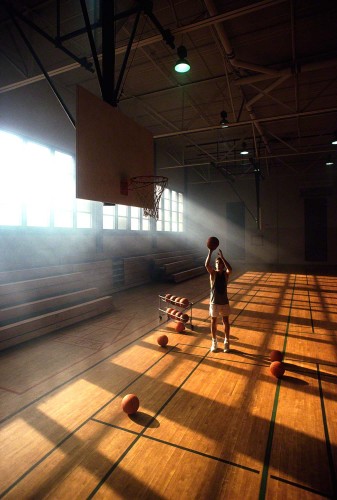Before reading this post, for all of you that have taken my part I and II classes, the school is bringing back my Gestalt class for a month, starting the first week in May. Here’s the link: https://bpsop.com/courses-1/
When I was a young kid, the family got our first television. We would all gather around it mesmerized and completely taken in by this new form of entertainment. One of the shows we use to watch on Saturday nights was a show called The Shadow.
It first was broadcasted as a radio show, and the opening line of this detective program was, “Who knows what evil lurks in the hearts of men”. The Shadow was a figure that you really couldn’t see. He was just an area of dark mass surrounded by a lighter environment …as they say…on dark stormy nights.
Ever since those days, shadows have had an enormous effect on me and I’ve learned to use them to my advantage in my photography. Shadows are your best friend, and if there’s one thing that can take your imagery what I refer to as “Up a notch” faster than anything else, it’s the use of shadows. As I tell my fellow photographers that take my online class with the PPSOP, and in my “Stretching Your Frame of Mind” workshops I conduct around the planet, when you master the light, be sure you master the shadows as well.
I’ve found that since the eighties when I first started teaching and giving workshops, most people fear shadows not only in reality, but in their image making as well. I’m here to tell you that I may be a tad afraid of shadows late at night, but I embrace them when it comes to taking photos; as you should.
Ok, let’s talk about two kinds of shadows: First, the shadows created by a light source hitting an object and casting said shadow on the wall or ground, as in the photo on the left. These shadows can be used for visual direction leading the viewer around the composition or to the center of interest, and also to create patterns and shapes which are two basic elements of Visual Design. These types of shadows can be used to create an abstraction of reality.Second, areas of light that are surrounded by areas of dark. This kind of shadow is used to attract the viewer’s attention to the subjects or objects in the light areas and like the first type of photo, give a dramatic edge to your images; as in the above photo. I love to have large areas of shadows that accentuate the smaller areas of light where I’ve placed the subject or object.
So, next time you go out to shoot, look for and shoot the shadows or shadow area instead of the normal approach you’ve taken in the past.
Remember…”Who knows what evil lurks in the hearts of men? The Shadow knows”.
Visit my new website at: www.joebaraban.com and check out my workshop schedule at the top of this blog. Come shoot in the shadows with me sometime…unless you’re scared of the dark!
JoeB






